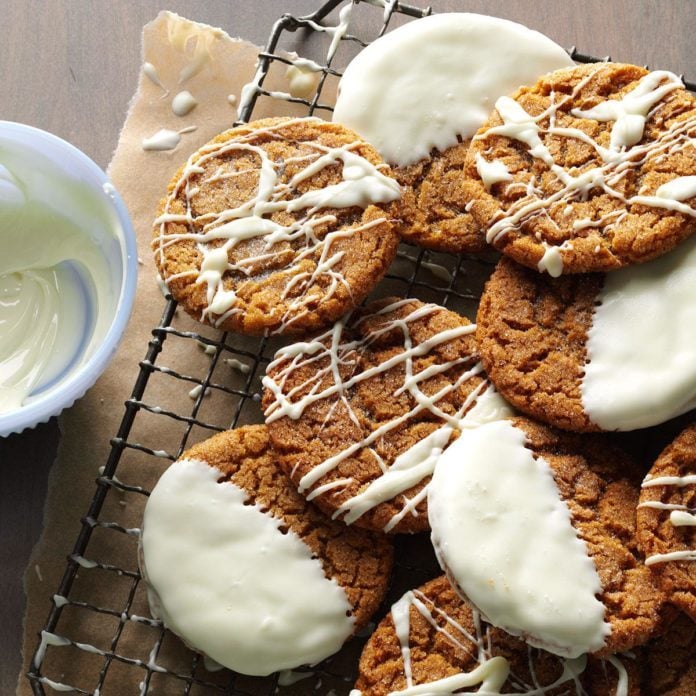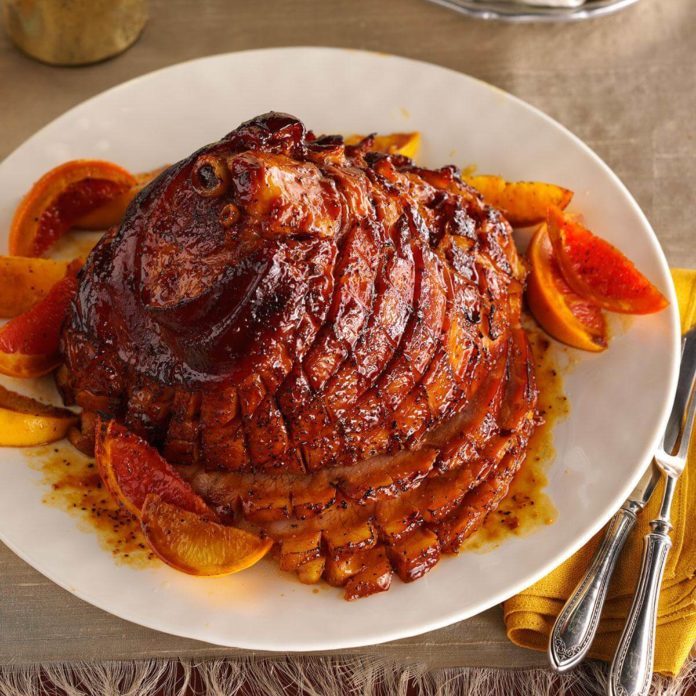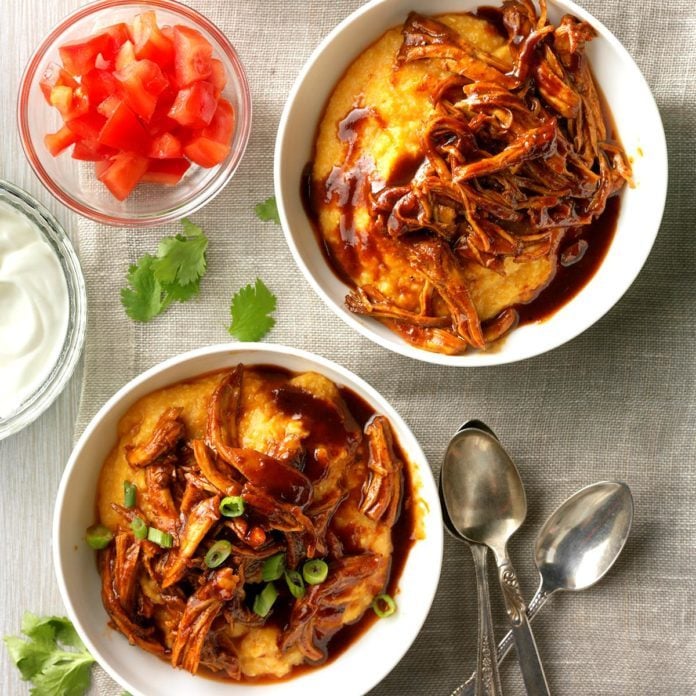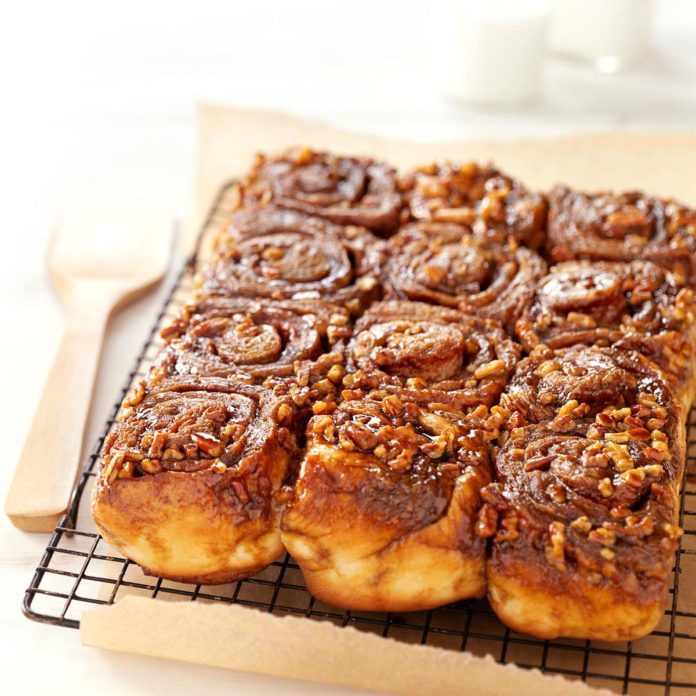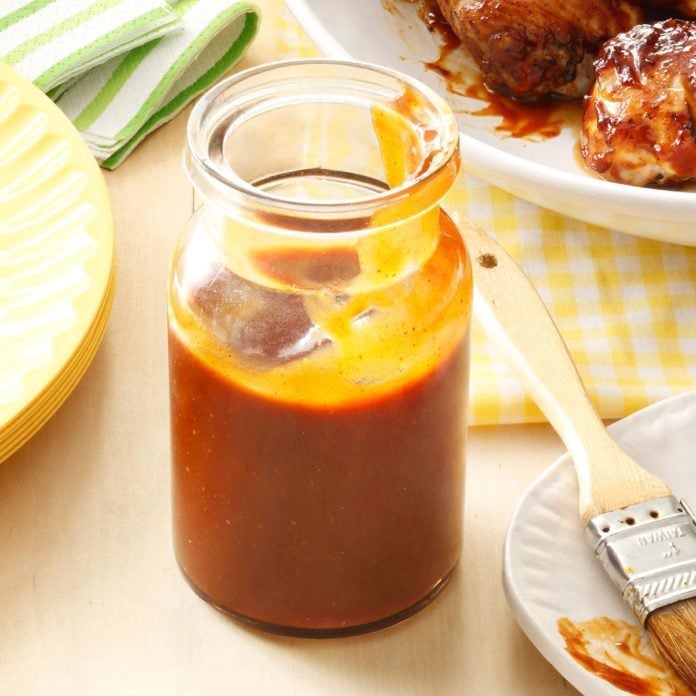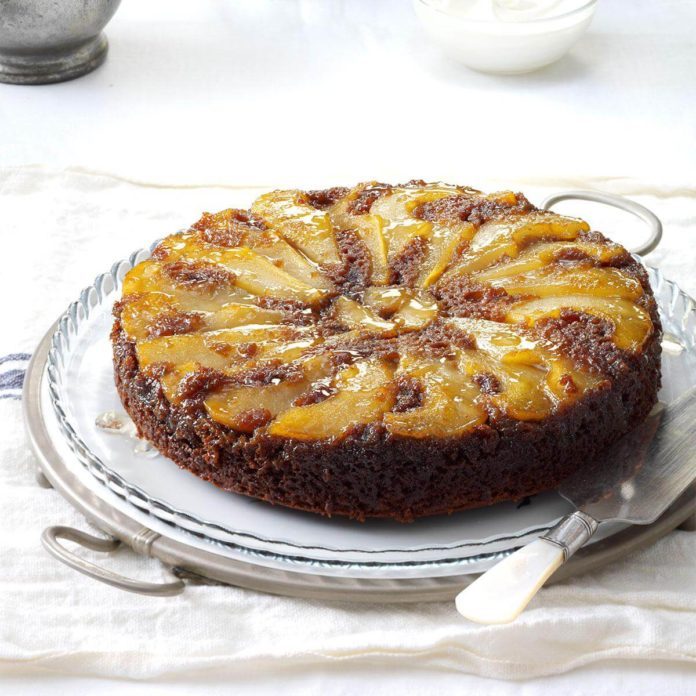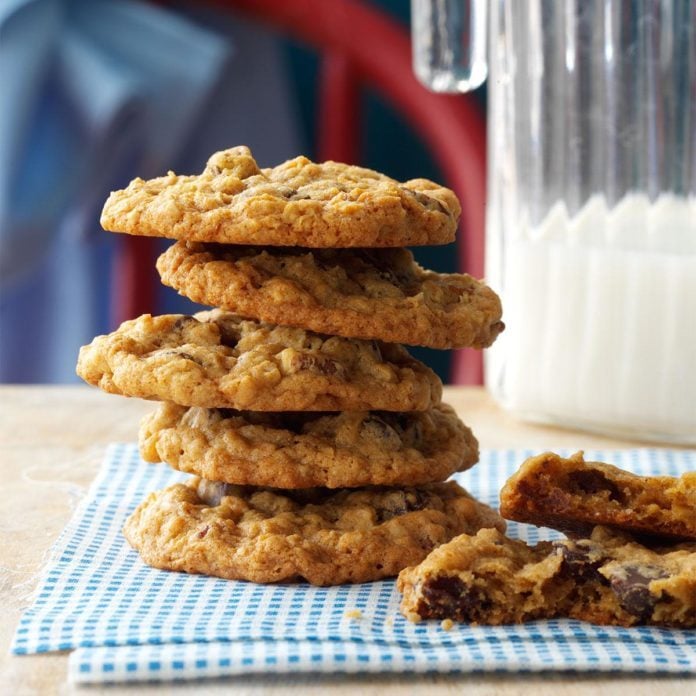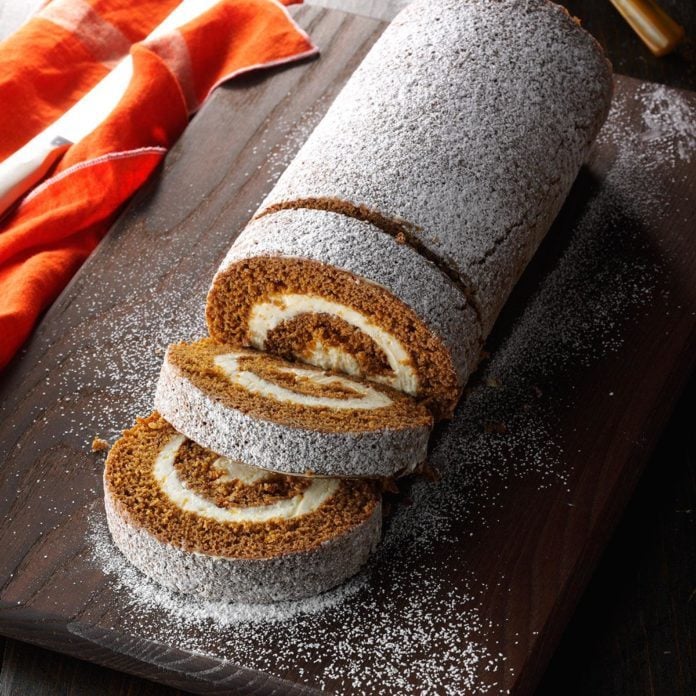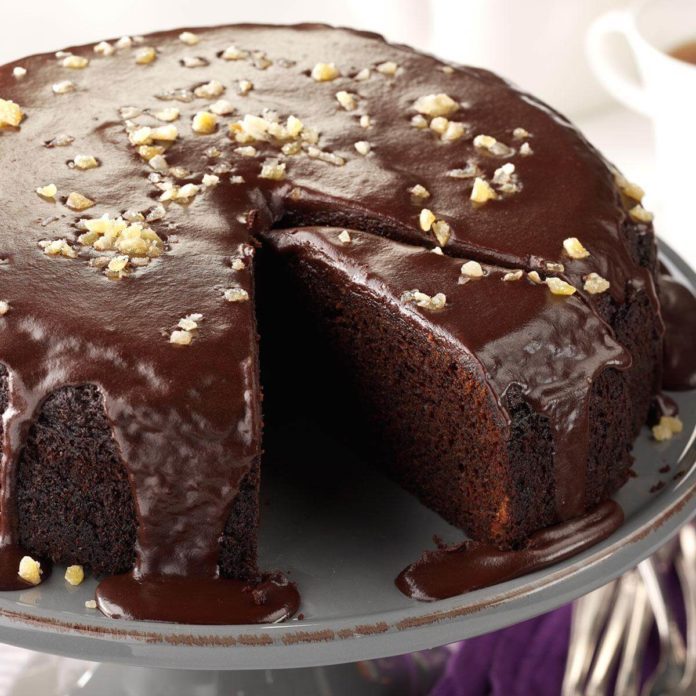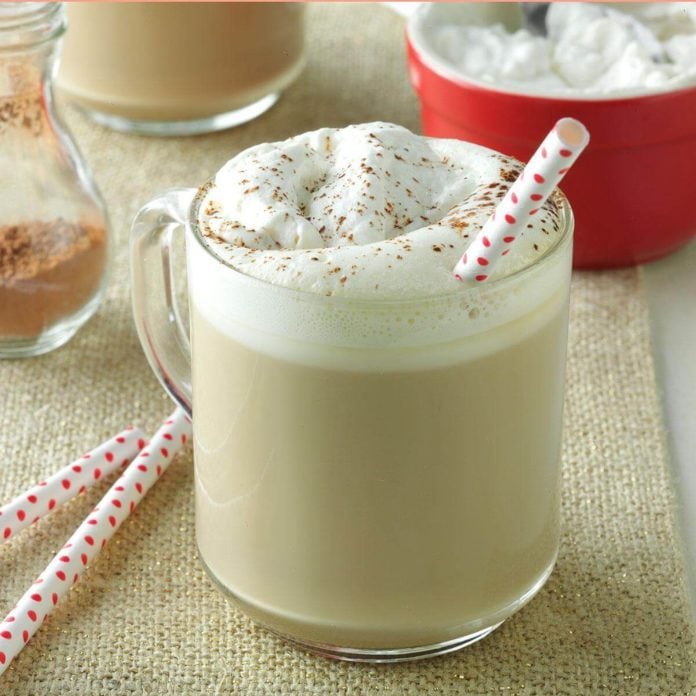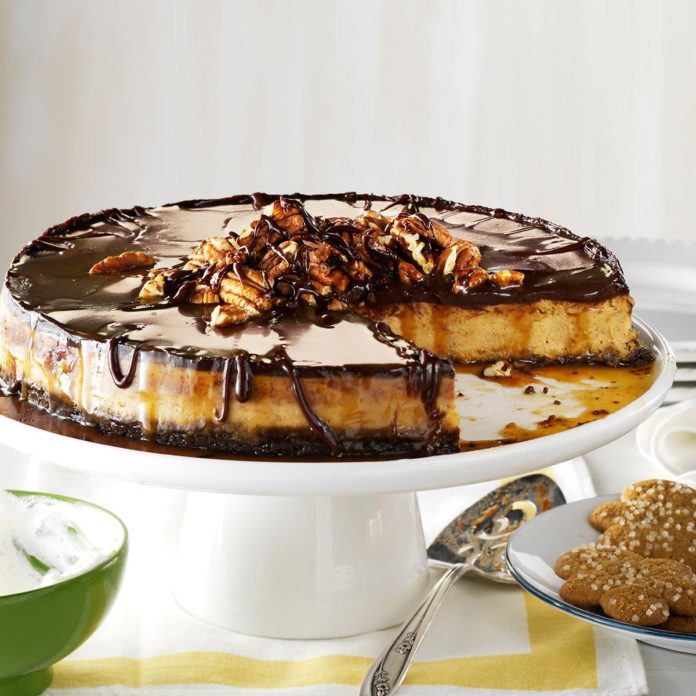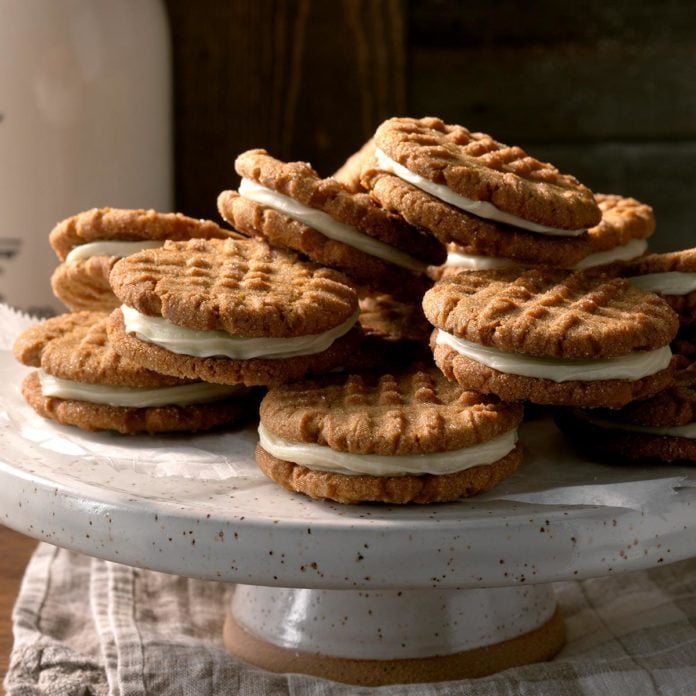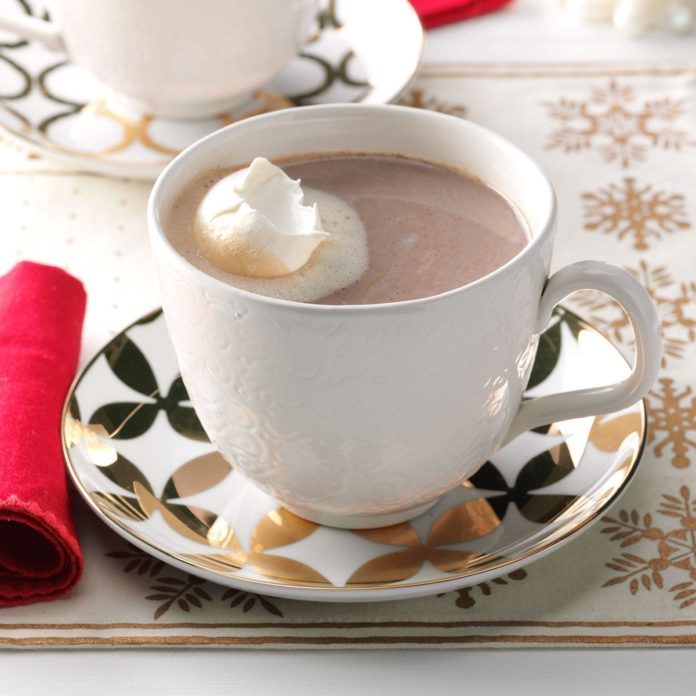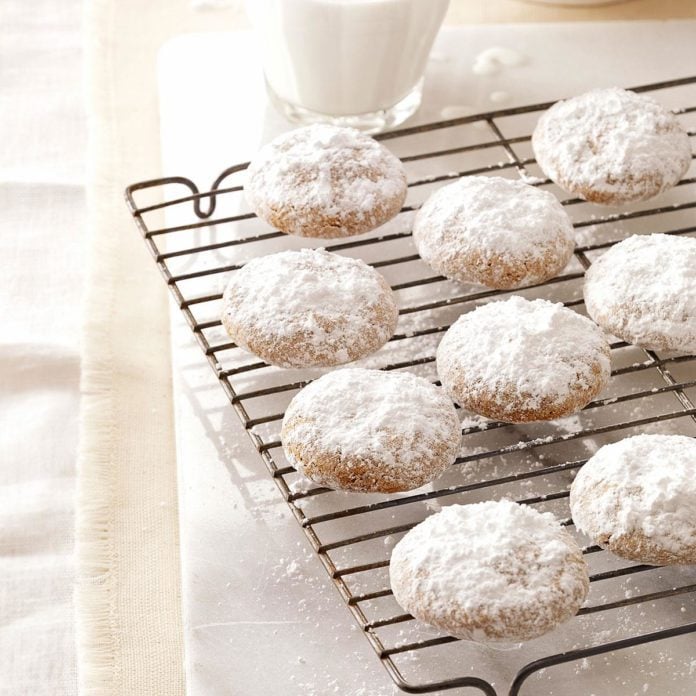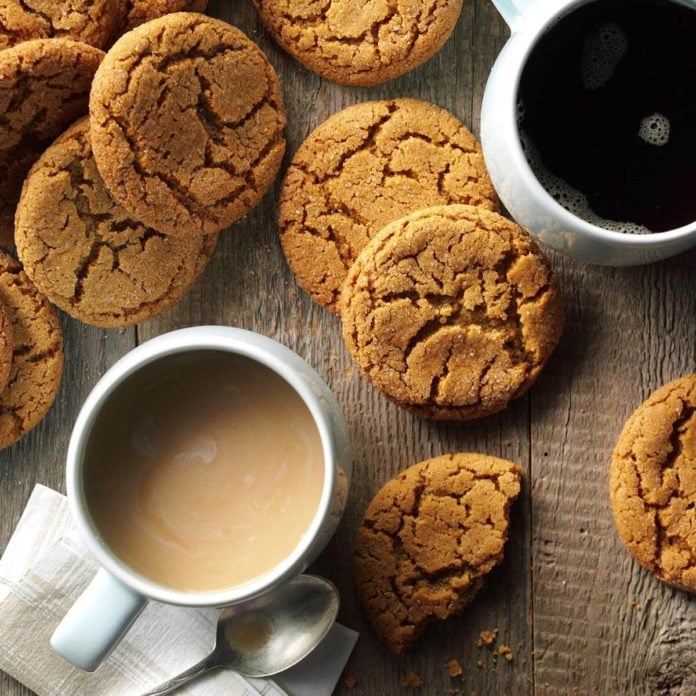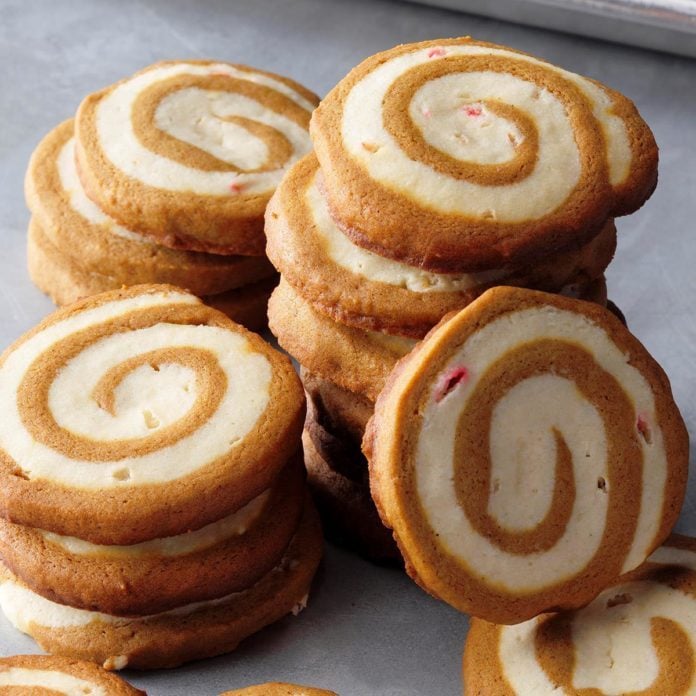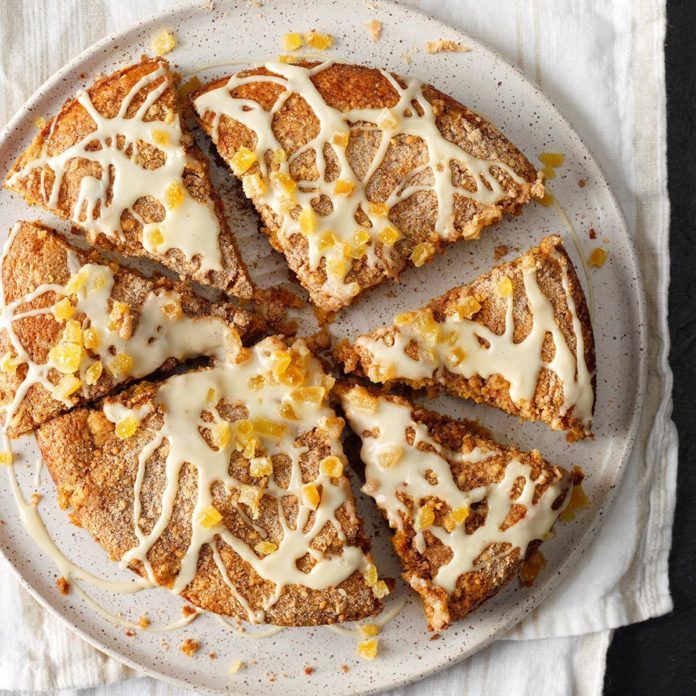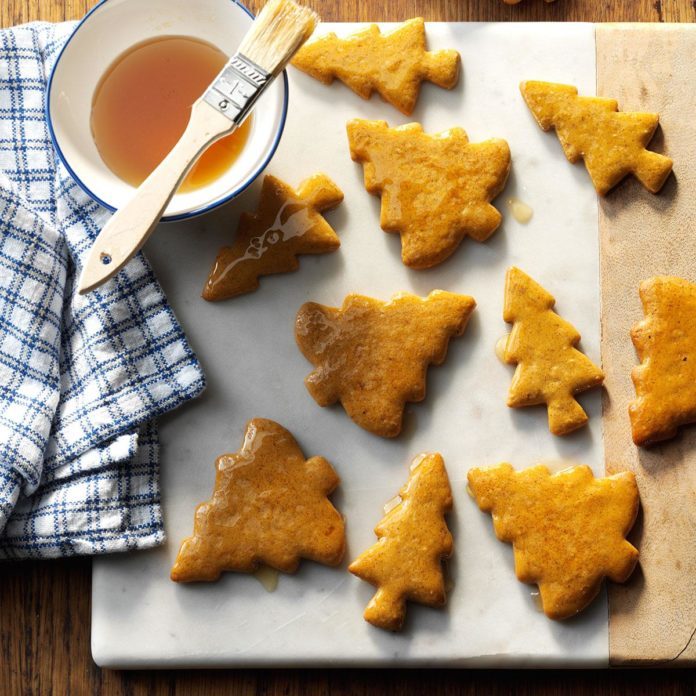Molasses is one of those ingredients that signals cooler weather. It has a deep, rich flavor that’s as sweet as sugar but doesn’t leave you feeling quite as hyped up. We love using it in our coziest baking recipes, like ginger cookies or dessert cobblers, but it’s also great in savory recipes like glazed ham or baked beans. Dozens of recipes taste better with a drizzle of molasses, but this thick syrup varies in flavor, and some types are more intense than others. Let’s break it down.
First Thing’s First: What Is Molasses?
Molasses is a byproduct of the sugar-making process. It all starts with crushing sugar cane to access the sweet juices inside. That juice is boiled until sugar crystals form—that’s the sugar we’ve all come to know and love. The thick syrup that’s left behind is molasses. The boiling process can be repeated multiple times, creating the different varieties of molasses. Each time the process is repeated, the molasses loses sugar content and gets darker and more earthy flavored.
(Psst: Molasses not just for sweet or savory cooking, either; it has ton of surprising uses and a slew of health benefits.)
Sulfured vs. Unsulfured Molasses
The best sugar cane is sun-ripened, allowing the sugars to come forward naturally. Molasses made from ripe sugar cane is called unsulfured molasses because it has no additives. If green, unripe sugarcane is used, it is treated with sulfur dioxide first to preserve it. It can leave a chemical taste in the mouth, so we recommend looking for unsulfured molasses whenever possible.
Types of Molasses
When should you use dark molasses and when is blackstrap molasses better suited? Let’s break down the most common types of molasses so you can shop—and cook—with confidence.
Light Molasses
After the first processing of sugar, you’re left with light molasses: The sweetest and lightest-colored type in the group. It’s the most popular type of molasses sold in the U.S. because it has the highest sugar content. It has a mild flavor and can be used as a substitute for maple syrup on pancakes, sugar in coffee or bake with it to make your favorite molasses cookie recipe.
Dark Molasses
If the molasses is boiled a second time, you end up with dark molasses. It’s darker and thicker the light variety, with a deeper, richer flavor that hints at bitterness. It’s not quite as sweet, but it’s also not as bitter as blackstrap molasses. It’s a good option for people looking for a sweetener with reduced sugar content, and it makes an incredible gingerbread.
Blackstrap Molasses
The third and last boiling of molasses results in the deepest, darkest, most bitter version of molasses: blackstrap molasses. It’s sometimes referred to as the healthiest molasses because it contains a ton of vitamins and minerals, including iron, manganese, copper, calcium and potassium. It also has a lower glycemic value because most of the sugar was extracted during the triple processing. It’s strong and bitter, but it’s great for savory cooking like baked beans.
Bead Molasses
Bead molasses is hard to find, but it’s an essential ingredient in chop suey and other Asian dishes. It’s made from the scrapings off the bottom of the pan used to boil molasses and has a similar flavor to light molasses.
Sorghum Molasses
Technically, sorghum molasses isn’t really molasses because it doesn’t start with sugar cane. The stalk of the sorghum plant is crushed and boiled—just like with molasses. It tends to be lighter and thinner than regular molasses, but it’s intensely sweet with a hint of sourness. Give it a try in your favorite recipe, or use it as a drizzle to top biscuits, cornbread or desserts.
Pomegranate Molasses
This is another one that’s not technically molasses: Pomegranate molasses is made from boiled pomegranate juice. You can even make your own at home! It tastes more like real balsamic vinegar than molasses, with a tangy edge and a complex flavor. It’s not a good substitute for baking recipes, but it makes incredible marinades and dressings.
What are you waiting for? These sweet and savory molasses recipes will take your molasses knowledge to the next level.
I get tremendous satisfaction making and giving time-tested yuletide treats like these soft, chewy cookies. Dipping them in white chocolate makes much-loved gingersnaps even more special. —Laura Kimball, West Jordan, Utah
Get Recipe
We are always searching for new ways to utilize Florida citrus, which is plentiful during the holidays in our own backyard. I know you will enjoy this. —Charlene Chambers, Ormond Beach, Florida
Get Recipe
Hearty and dense, my homemade Boston Brown Bread features hazelnuts for a delightfully nutty taste. Thick slices pair well with just about anything, from soup and stews to pasta and meat entrees. —Lorraine Caland, Shuniah, Ontario
Get Recipe
There’s nothing like juicy meat over steaming grits. And the pumpkin in these grits makes them taste like a spicy, comforting bowl of fall flavors. Your family will come running to the table for this one. —Erin Renouf Mylroie, Santa Clara, Utah
Get Recipe
As much as I like making yeast breads, I enjoy watching others enjoying my baking even more. These soft, tender rolls are loaded with the gooey goodness of molasses.—Shirley Saylor, Felton, Pennsylvania
Get Recipe
These rolls have been a favorite of ours for nearly 25 years. I even baked them in an old wood stove when we lived on a farm. I developed the recipe using several techniques I learned while studying the art of bread making. The recipe won a blue ribbon at our county fair. —Mary Ann Evans, Tarpon Springs, Florida
Get Recipe
When it comes to a heartwarming treat on a chilly winter's day, this home-style crisp is hard to beat. The gingersnap-crumb topping nicely accents the apples, pears, raisins and dates. —Pat Habiger, Spearville, Kansas
Get Recipe
For a potluck or picnic, you can’t beat this classic side that starts with a pound of dried beans. Molasses and maple syrup give it a slight sweetness. —Pat Medeiros, Tiverton, Rhode Island
Get Recipe
Guests’ mouths water when they glimpse this southern charmer. Its flaky crust perfectly complements the rich, nutty filling. —Charlene Chambers, Ormond Beach, Florida
Get Recipe
I've never cared that much for store bought barbecue sauce. I just like to make things myself from scratch including this spicy, deep red-brown sauce. You'll find it clings well when you slather it on grilled meat. —Helena Georgette Mann, Sacramento, California
Get Recipe
I like to share this dish at potlucks because it can be made ahead, which I especially appreciate during the busy holiday season. The sweet-and-spicy sauce is always a hit.—Martha Anne Carpenter, Mesa, Arizona
Get Recipe
I revamped an Asian-style chicken salad recipe to create this gingery, crunchy salad. Now it’s a huge success when I serve it at ladies luncheons. —Shelly Gramer, Long Beach, California
Get Recipe
This recipe came from my mother, and it's long been a family favorite. You can make a meal of it with soup and a salad.
Get Recipe
I can't take all the credit for these winning burgers. My husband's uncle passed down the special barbecue sauce recipe. We love it on everything...it was only natural to try it on, and in, burgers. Add cheese and bacon to take them over the top. —Rhoda Troyer, Glenford, Ohio
Get Recipe
The kids always say “prepare to lick your lips” when we have friends over for barbecue chicken. I’m proud of this dish, the first recipe I ever created. —Sue Thomas, Spartanburg, South Carolina
Get Recipe
I don't know where this recipe came from, but my family has been making these cookies for four generations. I am from upstate New York, and I haven't met anyone who has heard of doughnut cookies outside of that area. But when folks try these, they love them! —Brenna Phillips, Lawrenceville, Georgia
Get Recipe
The aroma of baking gingerbread stirs up such warm memories. This one looks festive and is even on the lighter side. —Nancy Beckman, Helena, Montana
Get Recipe
A party favorite of ours is gingersnaps and pumpkin dip. I combined those flavors for a wonderful cross between gingerbread bar cookies and cheesecake. —Kathleen Rhodebeck, Penacook, New Hampshire
Get Recipe
I packed chocolate chips, raisins, nuts and cinnamon into my oatmeal cookie recipe. These soft cookies are easy to make. Best of all, our kids love them! —Janis Plageman, Lynden, Washington
Get Recipe
My father loved gingerbread so I combined two or three recipes to create this one for him. This fruity, spiced cake roll gets kudos every time I serve it. —Dawn DePew, Blacklick, Ohio
Get Recipe
We created this recipe so folks could enjoy the festive flavor of gingerbread at breakfast. For a pretty look, sprinkle the waffles with confectioners’ sugar.— Taste of Home Test Kitchen
Get Recipe
Indulge in a dark, decadent cake that showcases the flavors of the holiday season. I stir fresh ginger into the batter and sprinkle chopped crystallized ginger over the velvety ganache. —Amber Evans, Beaverton, Oregon
Get Recipe
This recipe is special to me because the delicious ingredients and flavors speak for themselves without those extra preservatives. Now that’s refreshing! —Brenda Schrag, Farmington, New Mexico
Get Recipe
This is my twist on Christmas gingerbread...cheesecake-style! I like to garnish it with small gingerbread men all the way around the sides and a dollop of whipping cream on each slice. —Cindy Romberg, Mississauga, Ontario
Get Recipe
With a lemony filling, these spiced cookies go over big because they have old-fashioned, comfort-food appeal. Your party guests will snatch them up! - Carol Walston, Granbury, Texas
Get Recipe
Are you in the Christmas spirit yet? If not, this special cocoa will do the trick. It’s like drinking a chocolate gingerbread cookie! —Erika Monroe-Williams, Scottsdale, AZ
Get Recipe
A German holiday tradition, these fragrant cookies pack a warm rush of spices in every bite. Also called peppernuts, they go wonderfully with coffee or tea.—Joanne Nelson, East Stroudsburg, Pennsylvania
Get Recipe
Although this gingerbread has amazing chocolate and spice flavors, it's even better with a plop of whipped cream on top. (Isn't everything?) — Preci D'Silva, Dubai
Get Recipe
These nicely spiced, big soft ginger cookies are perfect for folks who like the flavor of ginger but don't care for crunchy gingersnaps. —Barbara Gray, Boise, Idaho
Get Recipe
I loved skipping the boring school cafeteria meals and going to my grandma’s house for lunch. She spent most of her life in northeastern Minnesota, which is reflected in this bread's ingredients. Now my family uses this for our holiday stuffing. —Crystal Schlueter, Northglenn, Colorado
Get Recipe
Two holiday flavors – gingerbread and peppermint – come together in these impressive pinwheel cookies. I made this especially for my husband, who loves the combination. —Joanna Quelch, Burlington, Vermont
Get Recipe
At our house, we love gingerbread that’s not too sweet. To sweeten it, mix powdered sugar, milk and vanilla extract for drizzling on top. —Barbara Humiston, Tampa, Florida
Get Recipe
Orange and lemon zest give gingerbread cutouts a refreshing twist. Brushing a honey glaze over the top adds a subtle shine and an extra touch of sweetness. —Monique Hooker, DeSoto, Wisconsin
Get Recipe
The post Blackstrap vs. Dark vs. Light Molasses: What’s the Difference? appeared first on Taste of Home.
Lindsay D. Mattison
